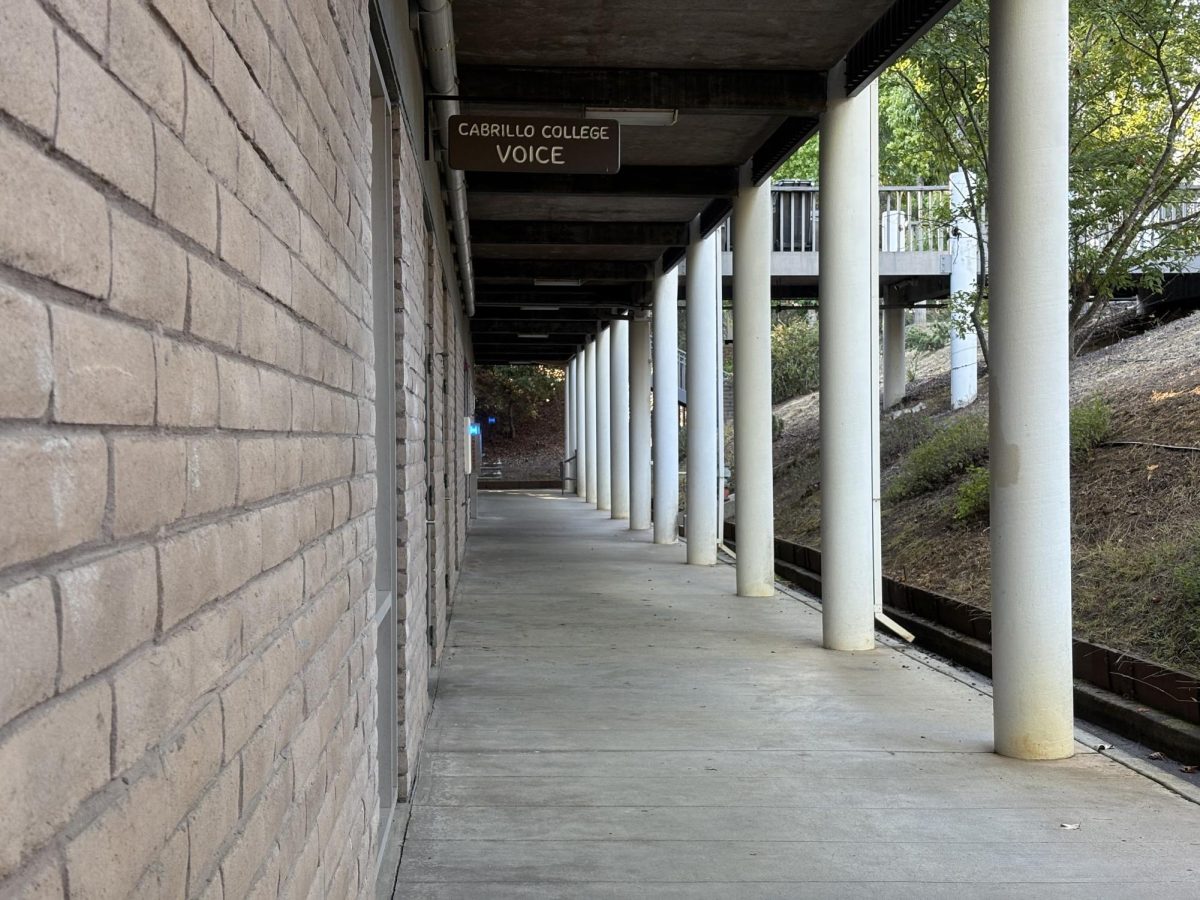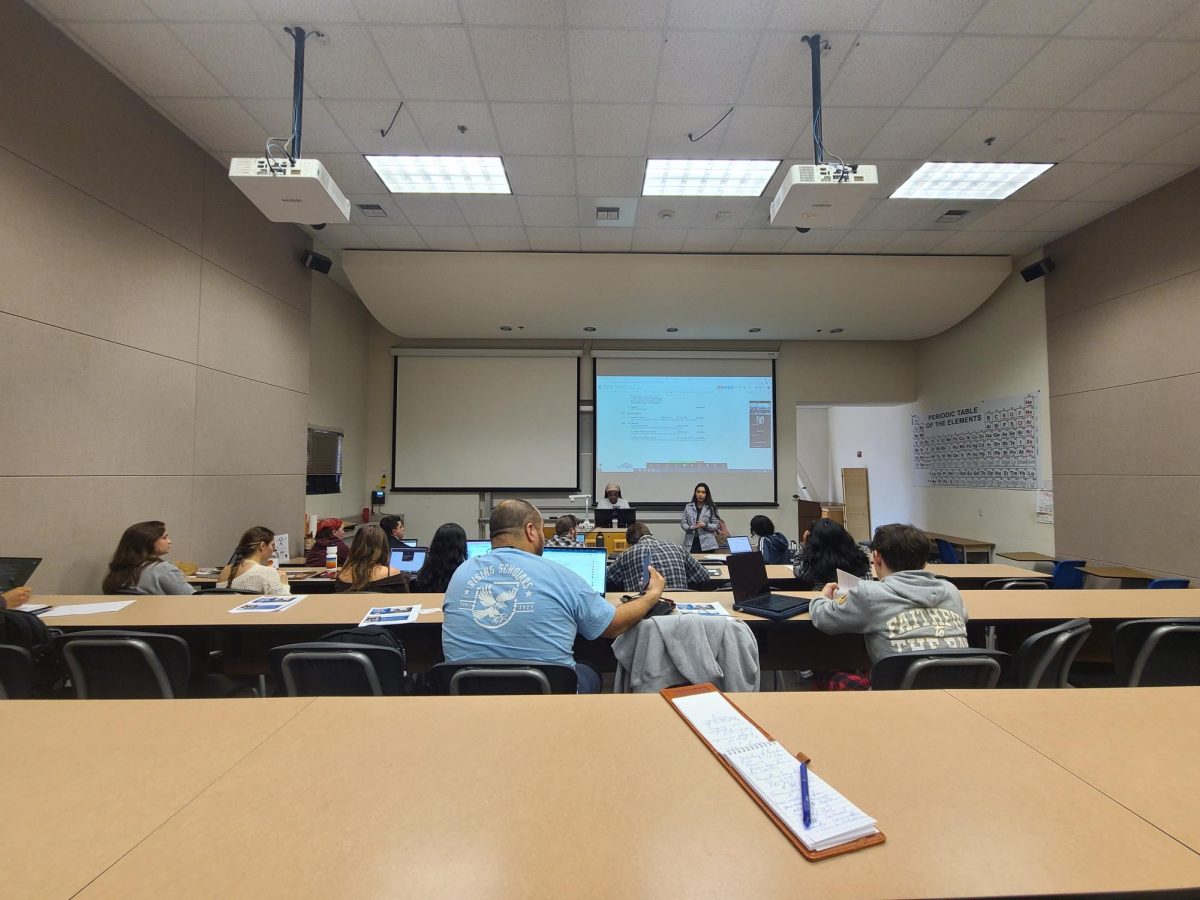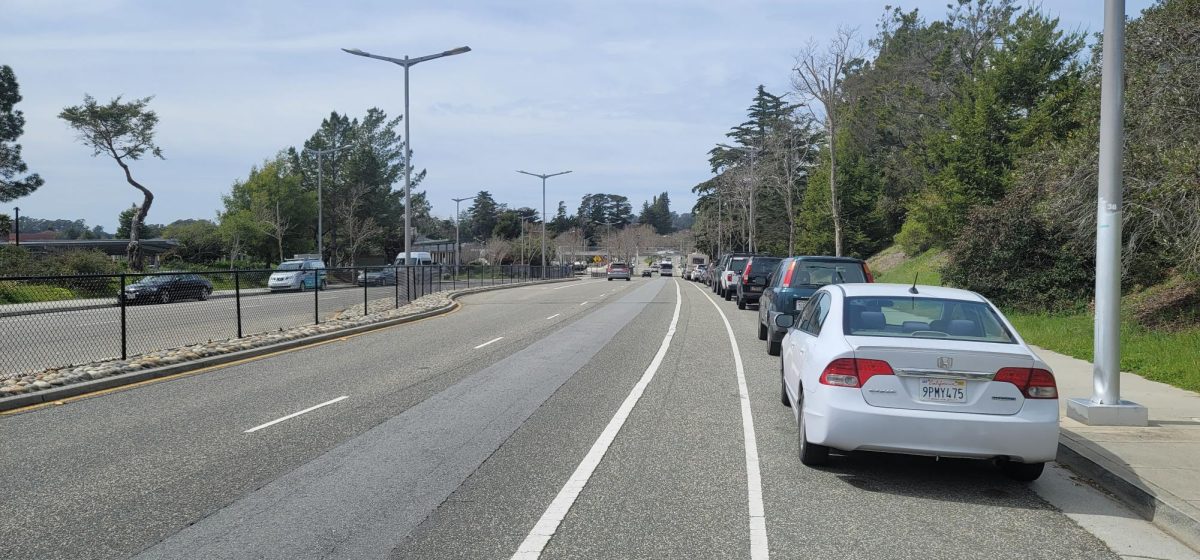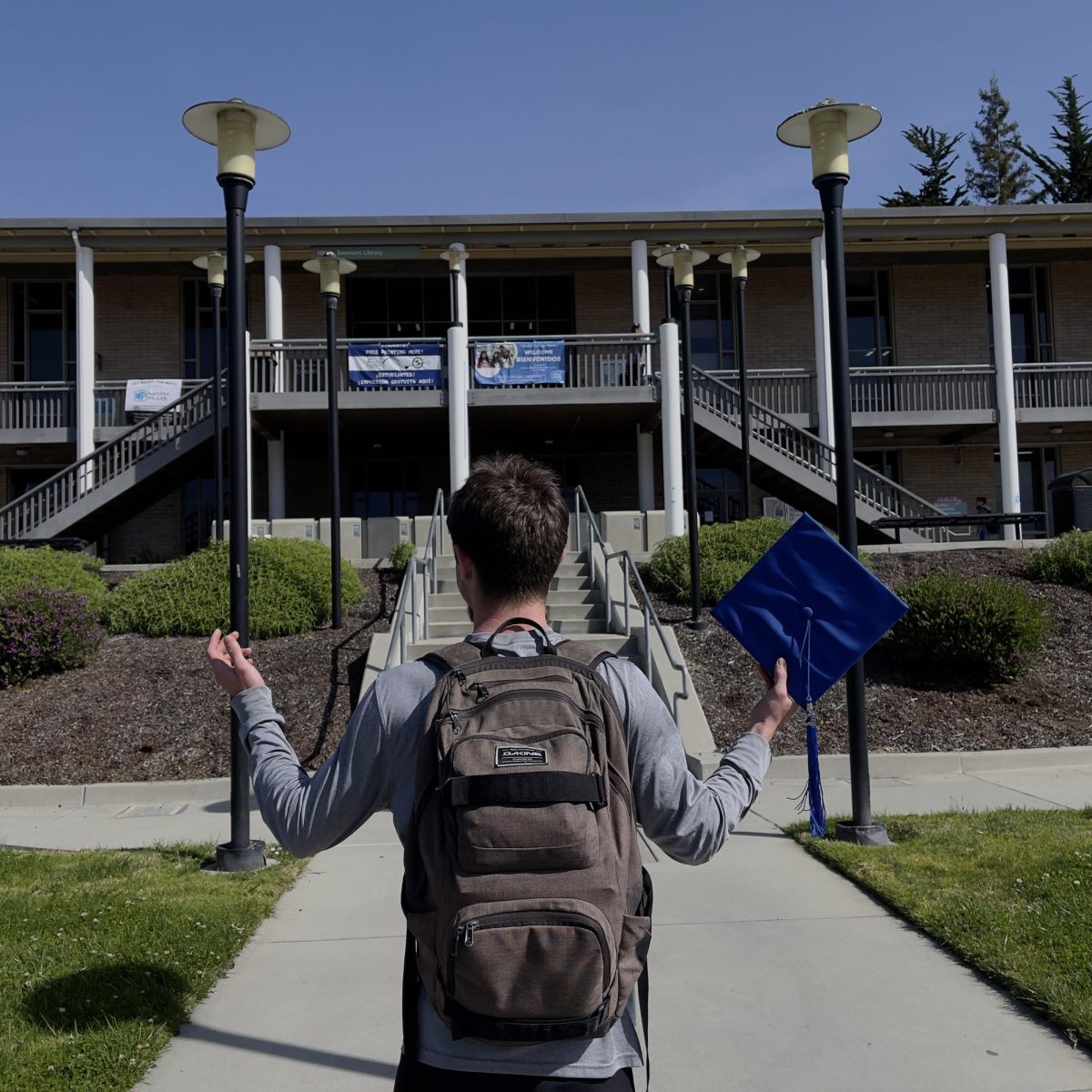Enrollment at Cabrillo has been on a steady decline since COVID-19. Student head counts have not reached their pre-pandemic numbers, down nearly 8,500 students from 33,881 in the 2010-11 school year to 25,374 in the 2022-23 school year, according to the Cabrillo College eFactbook. Out of that number, 70.5% of students are only enrolled part-time, leaving only 5,994 full-time students in the 2022-23 school year.
The problem has many roots, but a large reason is due to state funding of community colleges being tied directly with the amount of students enrolled full-time. In order to get the maximum amount of funding from the state, part-time students at Cabrillo are tallied together in a 1:3 ratio (1 full-time headcount = 3 part-time) to increase headcount numbers further, according to Blanca Baltazar-Sabbah, Academic Counseling, Career and Educational Support Services (ACCESS) Division Dean.
Even so, the decline in enrollment means Cabrillo must partly rely on outside funding and donations made through the Cabrillo Foundation, which provides scholarships for students and support for student services, Baltazar-Sabbah said. According to the Cabrillo Foundation’s website, contributions from their 3,073 donors go to a variety of services, from campus program support and emergency grants, to the 1,031 scholarships that have been awarded to students, which total $1,064,629 given out overall.
The Cabrillo Advancement Program (CAP), overseen by Dr. Michelle Donahue, dean of student services, supports students who come into the program in sixth grade through to their senior year and beyond graduation. If students finish the program with them, they receive a $3,000 scholarship.
Kids are selected through an essay they write in sixth grade, with a total of 10 selected from each Santa Cruz County middle school. According to Donahue, CAP has a good donor base and had one of its biggest donation years in 2023-24.
“Without [donations] it would be hard because the state-funding declined… we often need that other area to help us,” Donahue said.
Due to the increase in funding, CAP recently welcomed Branciforte Middle School into the program joining 11 other schools.
“The scholarships are payable to the students, with interest, when they graduate from high school and enter Cabrillo College,” according to the CAP homepage on Cabrillo’s website.

Cabrillo also makes grand efforts to reach out and appeal to high schoolers across the county’s public schools through a variety of other outreach programs. These programs encompass the SeaHawk Prep Program run by Baltazar-Sabbah.
Students on-campus may have recently seen masses of teenagers walking around, that’s because this year’s preparation orientation day took place the week of May 6. There are three phases to the program before the final SeaHawk orientation day.
The first phase starts in October, where the Cabrillo outreach department visits local high schools to help students with the beginning application process. Next, the running start program assists students to find their English and Math placements. From February to the first week of May next year, counselors will go to the high schools to help students build their class schedules. Finally, a welcoming event for incoming freshmen is held, aiming to get prospective students registered and familiar with the Cabrillo community and campus before they enter in the fall.
“Hopefully they’ll click the register button and be ready before they leave today,” said Baltazar-Sabbah.
A lot of attention is focused on high school admissions, and it makes sense with the median age of students being 22. But with around 35% of students being “millennials” or older, there are still lingering concerns around how to assist adult learners.
The Greater Opportunities through Adult Learning (GOAL) program is a separate department that focuses on improving adult learning in Santa Cruz County through programs such as English as a Second Language (ESL) courses for non-native English speakers.
Another department focuses on ‘learning communities,’ one of them is the Cabrillo Bridge Program, which helps students bridge from their current situation to Cabrillo.
“…Whether they were a high school student or didn’t go to college right after highschool, it’s helping them bridge that transition” Baltazar-Sabbah said.
There are many departments that collaborate in order to ensure communication across the education board, high schools, UC’s and CSU’s. Cabrillo has especially strong ties and good communication with local universities like UCSC and CSUMB, according to Baltazar-Sabbath.
The High School Articulation Council, made up of all the counselors in Santa Cruz County, meets once a month to share information about programs and services, debrief on events and also occasionally has guest speakers. It is an opportunity for counselors at the high schools to keep Cabrillo up to date on how their needs can be met better. In their most recent meeting on April 11, they discussed and finalized plans for SeaHawk preparation orientation day.
“We’re all really working towards building stronger partnerships so that we can make the transition for high school students to Cabrillo smoother,” Baltazar-Sabbath said.
Cabrillo’s desire to keep students enrolled, battle the decline and make it simple to enroll can be seen through their efforts to connect communities through their various programs meant to encourage communication.













